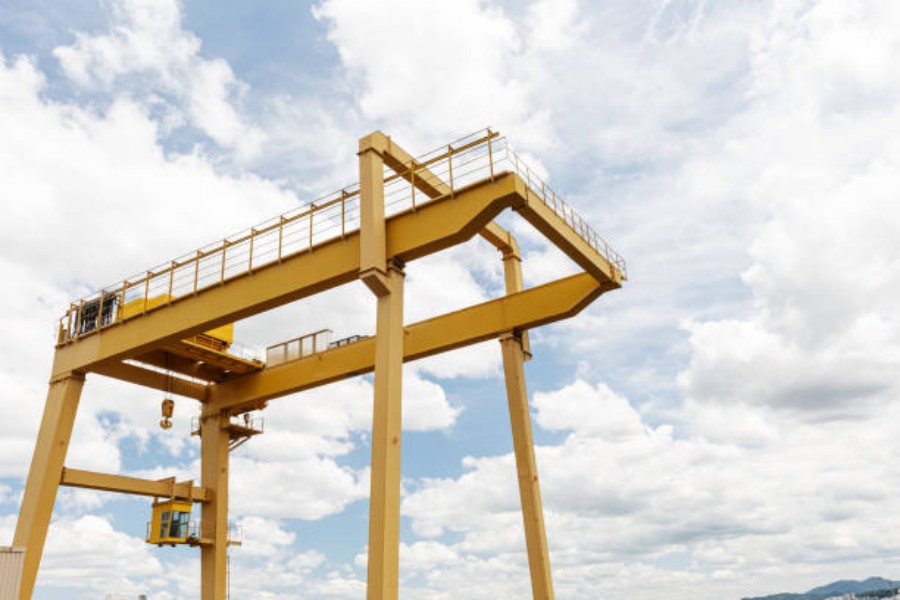Introduction
A telescoping bridge crane is a type of overhead crane that uses lateral movement and telescoping motion to lift and move heavy objects. In this article, we will discuss the various aspects of the telescoping bridge crane, including its design, benefits, and applications.
Design and Components
The telescoping bridge crane is composed of several key components, including a bridge, trolley, hoist, and runway beams. The bridge spans the gap between two parallel runway beams and contains the trolley, which moves along the bridge. The hoist is attached to the trolley and is responsible for lifting and lowering heavy loads. The runway beams support the bridge and provide the track for the trolley to move along.
Benefits of a Telescoping Bridge Crane
One of the primary benefits of a telescoping bridge crane is its ability to extend and retract its boom, allowing it to reach a greater distance than a standard bridge crane. This increased range makes it ideal for lifting heavy objects in hard-to-reach locations. Additionally, telescoping bridge cranes are highly customizable and can be designed to meet specific lifting requirements.
Applications
Telescoping bridge cranes are widely used in a variety of industries, including manufacturing, construction, and transportation. In manufacturing plants, they are used for lifting heavy machinery and materials. In construction, they are used for hoisting materials to elevated positions. In transportation, they are used for loading and unloading cargo from ships and other vehicles.
Maintenance and Safety
Like any heavy equipment, telescoping bridge cranes require regular maintenance to ensure safe and efficient operation. This includes inspecting the crane for wear and tear, lubricating components, and checking for any damaged or worn parts. In addition, operators must be trained in proper safety protocols and must always follow manufacturer guidelines to prevent accidents.
Cost and ROI
The cost of a telescoping bridge crane can vary depending on its size, lifting capacity, and customization options. However, the investment can provide a high return on investment (ROI) through increased productivity and decreased labor costs. By automating heavy lifting tasks, companies can reduce the risk of workplace injuries and improve overall efficiency.
Telescoping Bridge Crane vs. Traditional Bridge Crane
While traditional bridge cranes are effective for lifting heavy objects, telescoping bridge cranes offer greater flexibility and range of motion. In addition, telescoping bridge cranes are more customizable and can be designed to meet specific lifting requirements. However, they are typically more expensive than traditional bridge cranes and require more maintenance.
Types of Telescoping Bridge Cranes
Telescoping bridge cranes come in various types, including single girder, double girder, and gantry cranes. Single girder cranes have a single beam for carrying the load, while double girder cranes have two. Gantry cranes are designed for outdoor use and are mounted on a frame that straddles an object, such as a cargo ship.
Telescoping Bridge Crane Manufacturers
There are several manufacturers that produce telescoping bridge cranes, including Konecranes, Demag, and Morris Material Handling. These manufacturers offer a range of telescoping bridge cranes with varying capacities and customization options to meet the needs of different industries.
Conclusion
Telescoping bridge cranes are a versatile and flexible solution for heavy lifting tasks. They offer a greater range of motion and can be customized to meet specific requirements. While they require more maintenance and are typically more expensive than traditional bridge cranes, their ROI can be high through increased productivity and improved safety.

